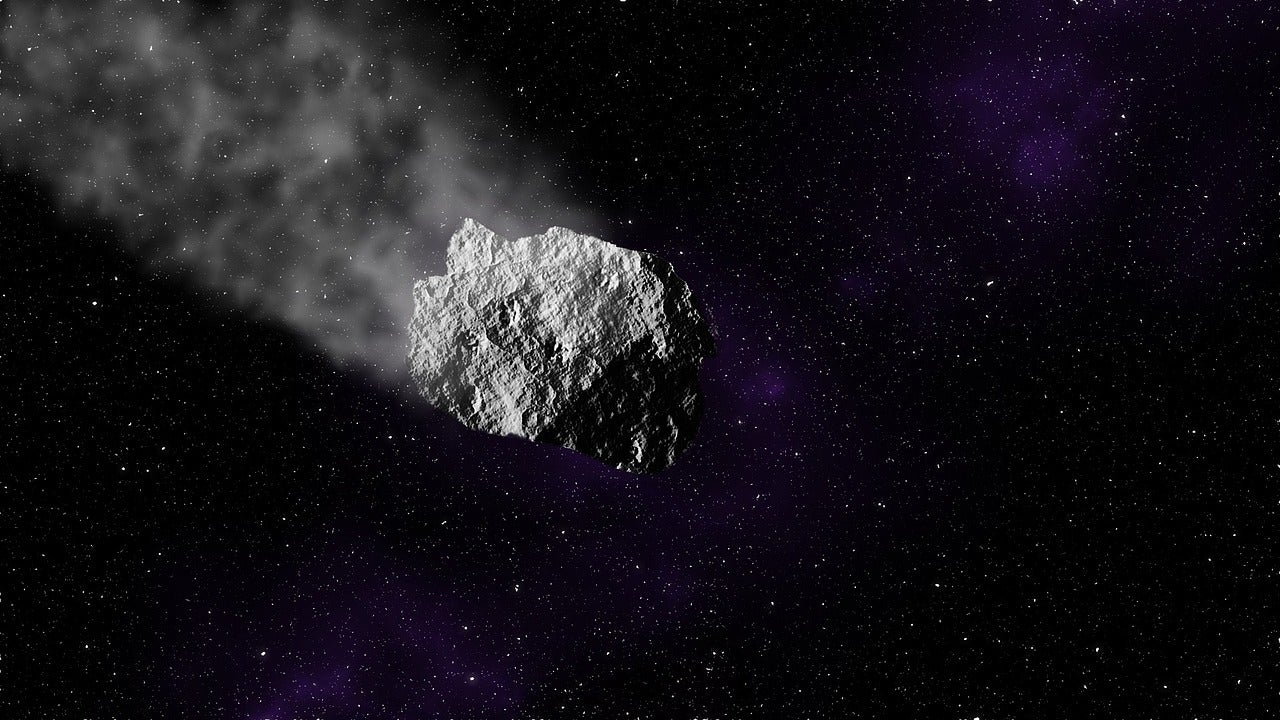Asteroid larger than Empire State Building to blast ‘near Earth’ at 50,000mph
This is the closest approach the asteroid would make to Earth within the next 200 years

An asteroid three times the size of the Empire State building will pass by the Earth in six days.
The enormous space rock, which is one kilometre wide, will fly by our planet on 18 January at a speed of over 47,000 miles per hour.
According to Nasa, any asteroid 140 metres across or larger could be devastating if it crashed into the Earth – unleashing more energy than a thousand atomic bombs.
This will be the closest the asteroid is expected to come to Earth for the next two centuries but will not be near enough to be cause for alarm.
Despite being classified as a Near Earth Object - which accounts for any asteroid or comet that comes closer than 1.3au astronomical units – the asteroid will be 1.2 million miles away from our planet. This is five times the distance between the Earth and the Moon.
Nasa is currently monitoring around 25,000 NEOs, adding approximately 30 new ones each week.
A small telescope should be enough for avid stargazers to catch a glimpse of the speeding rock.
Since the start of the new year, a number of passive asteroids have shot by Earth – including one larger than Big Ben, which travelled harmlessly by on 11 January. Five more asteroids also passed by within the first week of 2022.
For more dangerous bodies, Nasa has been preparing for an impact that could wipe out significant amounts of life on Earth, but unfortunately its methods have proved unsuccessful.
In May 2021, it concluded that catastrophe would be unavoidable, even given six months to prepare.
Nasa is also slamming a robot spacecraft into a distant asteroid to prepare for protecting the planet from collisions. The Dart mission launched in November last year and should collide with the a ‘moonlet’ called Dimorphos in September this year.
The most important factor in such an endeavour is detect it well in advance and being prepared to change its course, Nasa planetary defense officer Lindley Johnson said.
“We don’t want to be in a situation where an asteroid is headed toward Earth and then have to be testing this kind of capability,” he said.
Subscribe to Independent Premium to bookmark this article
Want to bookmark your favourite articles and stories to read or reference later? Start your Independent Premium subscription today.

Join our commenting forum
Join thought-provoking conversations, follow other Independent readers and see their replies